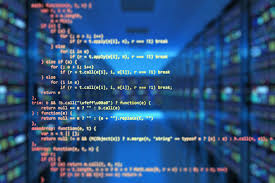Computer programming is a complex field with a vast vocabulary that can leave individuals without sufficient knowledge feeling lost and confused. The terminology used in computer programming can be translated into many different names in various languages, making it difficult for beginners to grasp. For instance, terms like Functions, Programs, Subroutines, Procedures, Subprograms, or Subqueries are similar but have different meanings in programming.
The main goal of computer programming is to avoid duplicating code in multiple places, especially in institutions that use thousands of programs with billions of basic code lines in their libraries. In such cases, duplication can be avoided to make updating programs easier. For example, if a new global currency like the Euro is added, updating every program to include it would be complex. However, functions or sub-programs that are designed to handle specific situations can be used to make changes in one place.
When writing new programs, most components that they need already exist, such as accessing files to retrieve specific data or computing inventories on hand. Rather than writing different source code lines to work on a new function and replicating the code onto numerous other programs, sub-programs can be accessed to work on the specified function. This approach saves time and effort, especially in complex projects.
Computer programming is full of terminologies that can be confusing to those who are not familiar with them. In some programming languages, parameters are passed from a specific program to another program to accomplish a task. These programs can be written in various languages, which allows them to suit different function types.
Functions play a significant role in programming. They can appear in a single or multiple locations, depending on whether they are single-line or multi-line functions. Single-line functions are called by a specific name and return a value after performing a task, while multi-line functions stretch over many lines and their statements follow a non-sequential order.
Functions are reusable code blocks that can return values, and they are commonly used for mathematical, date, and string functions. These code blocks are separate from the primary program code, and many programming languages have specific functions delegated as entry points to a certain program.
Understanding what functions are in computer programming may take some time, especially for non-computer savvy individuals. Nonetheless, they are essential in programming and help in avoiding the duplication of code. It’s fascinating to see the complexity of what functions can do and appreciate the role computers play in our daily lives.

